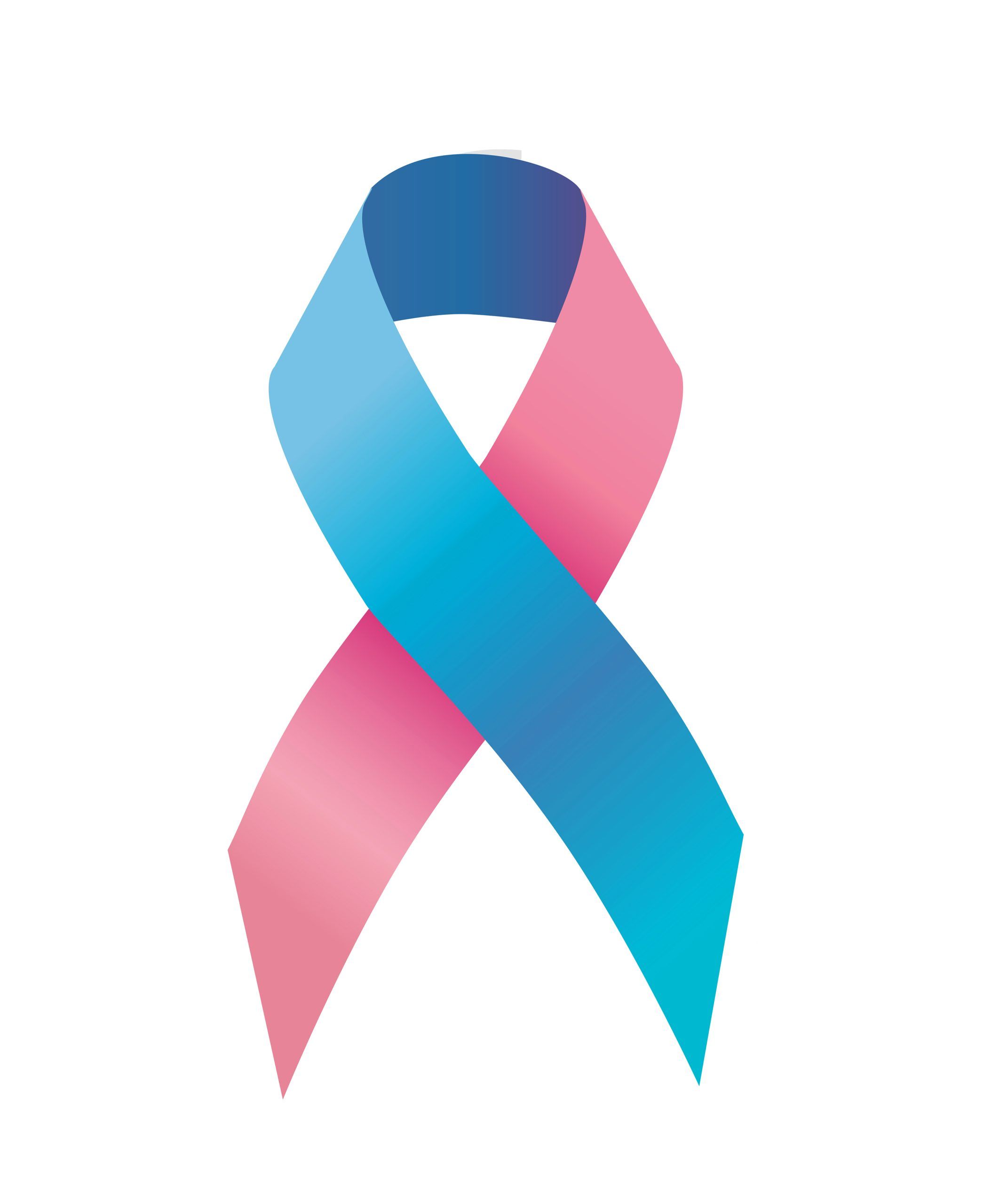October is Sudden Infant Death Syndrome awareness month.
Approximately 4000 infants less than one year of age die annually in the United States without any visible cause or explanation. This is called sudden unexplained infant death (SUID) and it is a tragedy no family should face. The most common form of SUID is Sudden Infant Death Syndrome (SIDS).
SIDS is the leading cause of death of babies between one to twelve months old. It is defined as a death which cannot be explained even after an autopsy, a complete review of the child’s medical history, and an investigation of the scene of death. If a thorough investigation is not conducted but the death cannot be explained, the reasons will not be classified as SIDS but technically termed “unknown cause”.
Perhaps not as well known as SIDS but arguably more serious due to higher fatality rates is Accidental Suffocation and Strangulation in Bed (ASSB). It is currently the leading cause of small child injury death in the US. There are several common culprits which may not seem menacing to an adult but can prove to be too much for a very young child. Soft bedding, such as pillows or the cover of the waterbed mattress, can easily block the airways of a baby. It is often tempting for new parents to sleep with the baby but overlay is too big of a risk to take. This is defined as the name suggests – when someone rolls on top of the baby – but simply laying very closely against an infant can prove to be too much. This can also be called wedging, which includes when a child is stuck between two things such as a mattress and the wall or other furniture. Even the bed frame can be a hazard as it can also be part of wedging or a baby’s head and neck could get stuck between the railings of the crib.
The statistics – roughly eleven children a day lost to SUID – are especially alarming because so little is known about why SIDS happens. The most recent research points to a triple threat of causes. The first is an undetected vulnerability such as a respiratory or heart problem. It might be something which the child will eventually grow out of in time. Second, temporary destabilization of an infant’s internal system, which may be the result of critical development or growth typical for all infants, can throw off the breathing rhythms or heart beat of a little one. Finally, outside stressors like exposure to second-hand smoke or sleeping on the belly can also significantly increase the occurrence of SIDS. One of these factors can be the cause but new research suggests that a combination of all three of these factors, like a perfect storm, can lead to tragedy. Fortunately, there are simple measures which parents can take to protect their children.
- The first step is to always place babies on their back to sleep! Every time!
- Share the room with your baby, not the bed.
- Use a safety-approved crib, on a firm mattress, with a fitted sheet.
- Make sure there is nothing that could cover your baby’s face or head. Keep items such as pillows, blankets, and crib bumpers out of the area where the baby sleeps. Dress a baby in clothing designed for sleep instead of giving them a blanket.
- Don’t let your baby nap on adult beds, sofas, or couches.
- Do not allow anyone to smoke around your baby, including you.
- If possible, breastfeed your child.
The current rates of SIDS and sleep related deaths among infants have been at an all-time low since the start of the millennium. There is little doubt that education efforts such as the Safe to Sleep campaign (formerly known as Back to Sleep) are partially to thank for this decline. Unfortunately, ASSB deaths have been rising. The steps to preventing SIDS have also proven to stop ASSB. Please join Austin Air for SIDS Awareness Month 2015 and help spread the word about infant sleep safety to help more babies make it to their first birthday.
